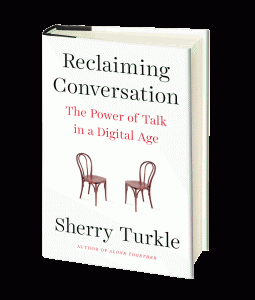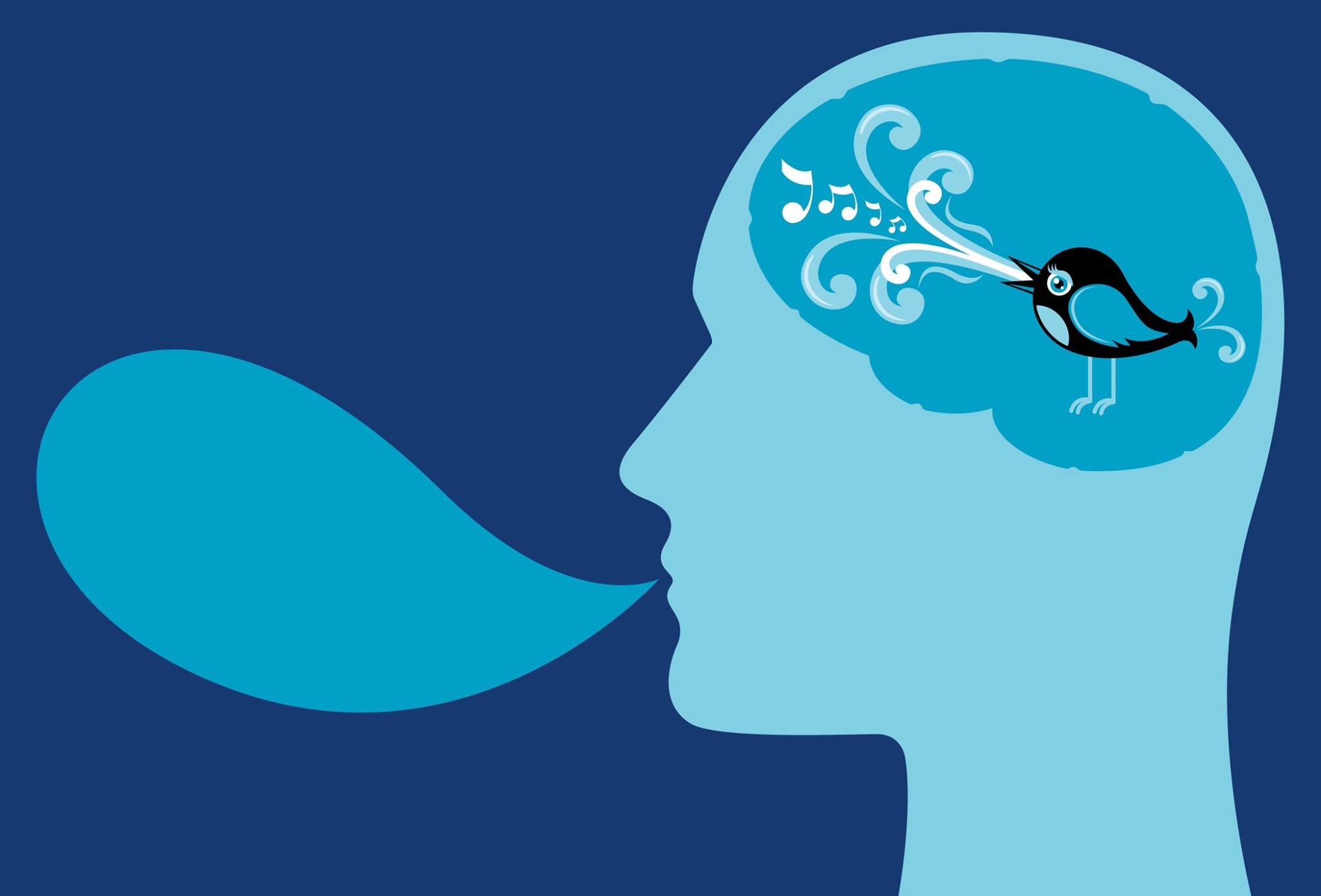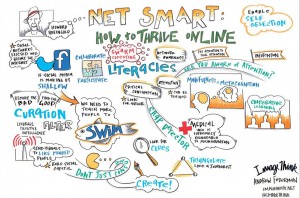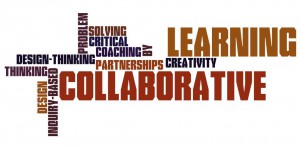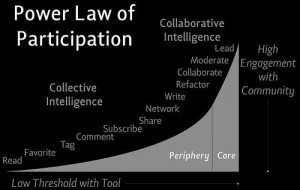Education is currently at a crossroads.
Traditional teaching methods and tools are evolving as a result technological advancement.
“We need technology in every classroom and in every student and teacher’s hand, because it is the pen and paper of our time, and it is the lens through which we experience much of our world.”
– David Warlick
We are beginning to see schools take the lead in incorporating and integrating technology with pedagogy. These schools and professors are not only enhancing the teaching and learning process, but are also providing students with success skills in today’s digital society. These aforementioned skills include creativity, critical thinking/problem solving, collaboration, technological proficiency, media literacy as well as global awareness. This effort would ultimately yield results such as increasing engagement as well as a sense of relevancy and meaning amongst learners.
Even as we are seeing more schools and educators transforming the way they teach and learn with technology, many more are not. Technology is often viewed as troublesome; and an extra step for educators to have to learn to utilise it, troubleshoot it and to spend more hours going through it. These coupled with the fear of letting go of control or a sense that one doesn’t have the right skills or a concern about digital footprint, privacy or cyber-bullying, many teachers are scared or lack belief in their own ability to create tech-integrated lessons.
“Education is evolving due to the impact of the Internet. We cannot teach our students in the same manner in which we were taught. Change is necessary to engage students not in the curriculum we are responsible for teaching, but also in school.”
– April Chamberlain
The Internet could function as a tool that enables professors to be more in tune with their student’s individual needs and learning patterns. The draw and motivation of schools to participate in offering open online courses like OSS is to discover what aspects of teaching can be done at scale so that scarce resources and energy can be devoted to enhancing learning. In addition, living in an increasingly competitive global market for skills and talent, we need to ensure that today’s students are equipped with the technological skills that they will need as the workforce of tomorrow.
One measure of interest in what professors believe, apart from the content of the course, is interaction outside of class. It’s often during incidental conversations held after the bell rings and away from the demands of the syllabus that the transfer of insight begins and a student’s emulation grows. Students email teachers all the time but those queries are too curt for genuine mentoring. We need face time.
What we are seeing is a transition of people coming into the classroom for whom technology is the norm and is a natural way of life. Students of today respond to technology in the classroom because it feels like an extension of what they do in their free time. Although technology is not a substitute for good teaching, it provides the best teachers with the tools to engage students in learning. For technology to be not only integrated effectively, but also embraced, a culture needs to be established where professors and administrators are no longer fearful of giving up a certain amount of control to students. The issue of giving up control seems to always raise the fear level, even amongst many of the best teachers. To truly create an innovative culture of learning, we must not fear failure either. When we give up control a certain level of failure will follow. However, it is from failure that we learn best and get better.
While it is understandable that certain professors are comfortable with instructional strategies that are what they experienced growing up themselves, they have to keep up with the times and adapt to what’s current. If teachers themselves have never used OSS in their free time, it will always seem strange. Even something as simple as a blog or social media sound extremely difficult because they are different.
“Teaching in the Internet age means we must teach tomorrow’s skills today.”
– Jennifer Fleming
In a culture of compliance, some teachers will only do what the administration mandates them to do. Lots of professors also (still) think that teaching was a very private affair protected their lesson plans and didn’t share them. There is also a stigma that sharing resources online requires, in most cases, some careful thought and consideration since the implications and stakes are much higher.Sharing and meta cognition should be inseparable. Deep reflectors of the teaching practice is about constantly modifying instruction to make learning more effective. Traditional, lecture-style classes may still work for many professors, but integrating other approaches with technology as a tool, can foster a more inclusive learning environment.
The treatment of technology is optional and is still a matter of personal choice for professors is a way that we would never do with pedagogy. Somehow we’ve allowed professor comfort level to drive what we use with students.
“Technology is just a tool. In terms of getting the kids working together and motivating them, the teacher is most important.”
– Bill Gates
The assumption that the current generation of university students are “digital natives” and instinctively know the right way to work with technology in any context is also inaccurate. If we’re not teaching it in classes, students aren’t going to learn how to use technology appropriately in order to benefit from it.
It is important to note that OSS technology is not a substitute for good teaching, which is at the core of effective education. Rather, it provides professors with powerful tools to enrich and extend what the best teachers are good at: explaining, demonstrating, and involving and engaging pupils in learning. In addition, mounting evidence that shows when these digital tools are used effectively, the results are improved grades and retention rates, greater participation by students and increased effectiveness by teachers and tutors.
Several factors may contribute to why educators choose to shy away from technology:
TIME
The fear of not being able to meet teaching standards leaves no time in the minds of many educators to either work technology into lessons, the motivation to do so nor the willingness to learn how to. This is unfortunate as contrary to popular belief, integrating technology effectively does not take as much time as people think. Professors would not have to spend a lot of extra hours outside of lessons to plan content when the students themselves are already giving feedback about what they want to learn and the topics they want to explore further.
CULTURE
In many cases, teachers themselves have only used computers for entertainment and social interaction. The stigma of computers over books in the classroom is also prevalent. Reading is viewed as educational while technology is viewed as entertainment. In addition, some professors think that books are “good escape” because “at least students are reading”.
TROUBLESHOOTING
Teachers see quality, tech-integrated strategies. They know that these strategies work as they’ve seen it in action for themselves. However, there are still many educators fear technology as they feel there is not, or will not be, the appropriate level of training to support implementation. Equipment in schools is if unsupported can lead to massive issues for less confident teachers. For example, a lesson planned around the interactive whiteboard can fall apart if the projector fails to recognise your laptop. Or a lesson using online resources can become impossible if Internet access happens to have failed. Unfortunately they cause many teachers to decide that technology makes life harder. Thus, a teacher who lacks trouble shooting skills is likely to abandon technology turn to more reliable resources such as the trusty ‘ol whiteboard and marker.
There’s also discord in the academic community about whether to embrace digital tools in lecture halls. Professors eliminating laptops and tablets from their classrooms say they are part of a growing call to put an end to the distractions caused by pervasive technology. Some say the temptation for students to check social media instead of listening to a lecture is strong and point to studies that show students retain less information when they take notes on the computer compared with writing them by hand.
When professors worry more about managing liability than pushing for change, technology becomes an easy scapegoat and makes it easier to create anti-technology policies in the name of safety and comfort. In cases like these, setting clear expectations about technology in the classroom is important.


